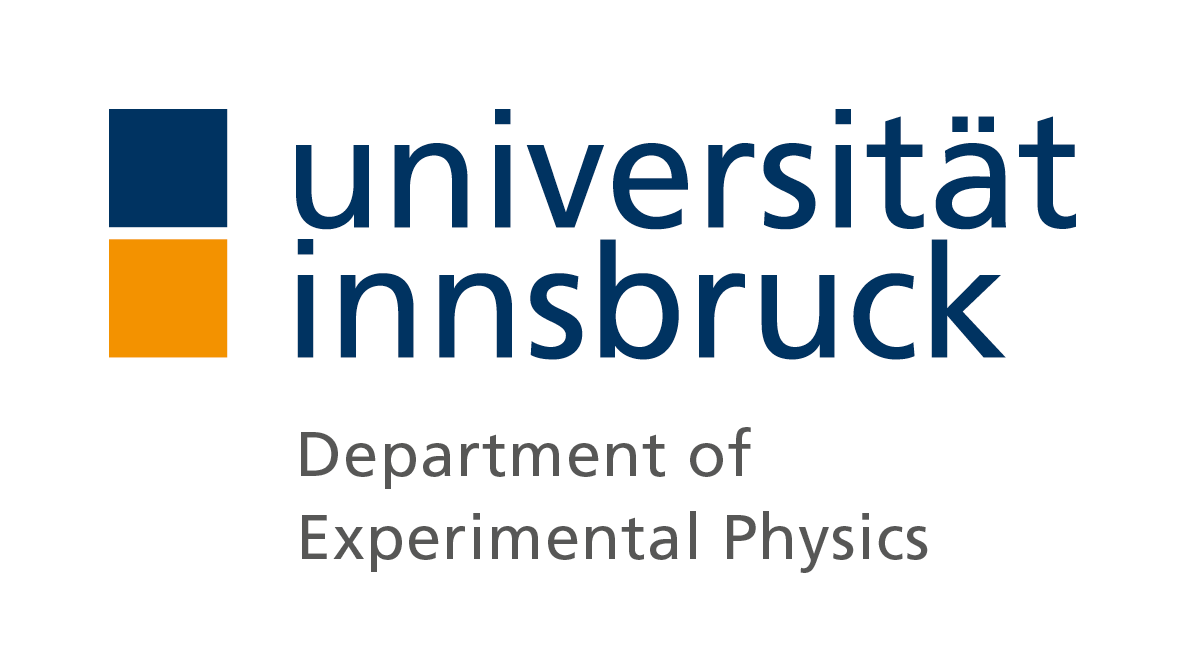
- Details
Welcome Peter! Before coming to Innsbruck, he completed his Bachelor and Master degree at ETH Zürich and wrote his Master thesis with Hartmut Haeffner at UC Berkeley, where he worked on the cooling and readout of electrons in a Paul trap. Now he will start working on the qudit project with Martin Ringbauer.
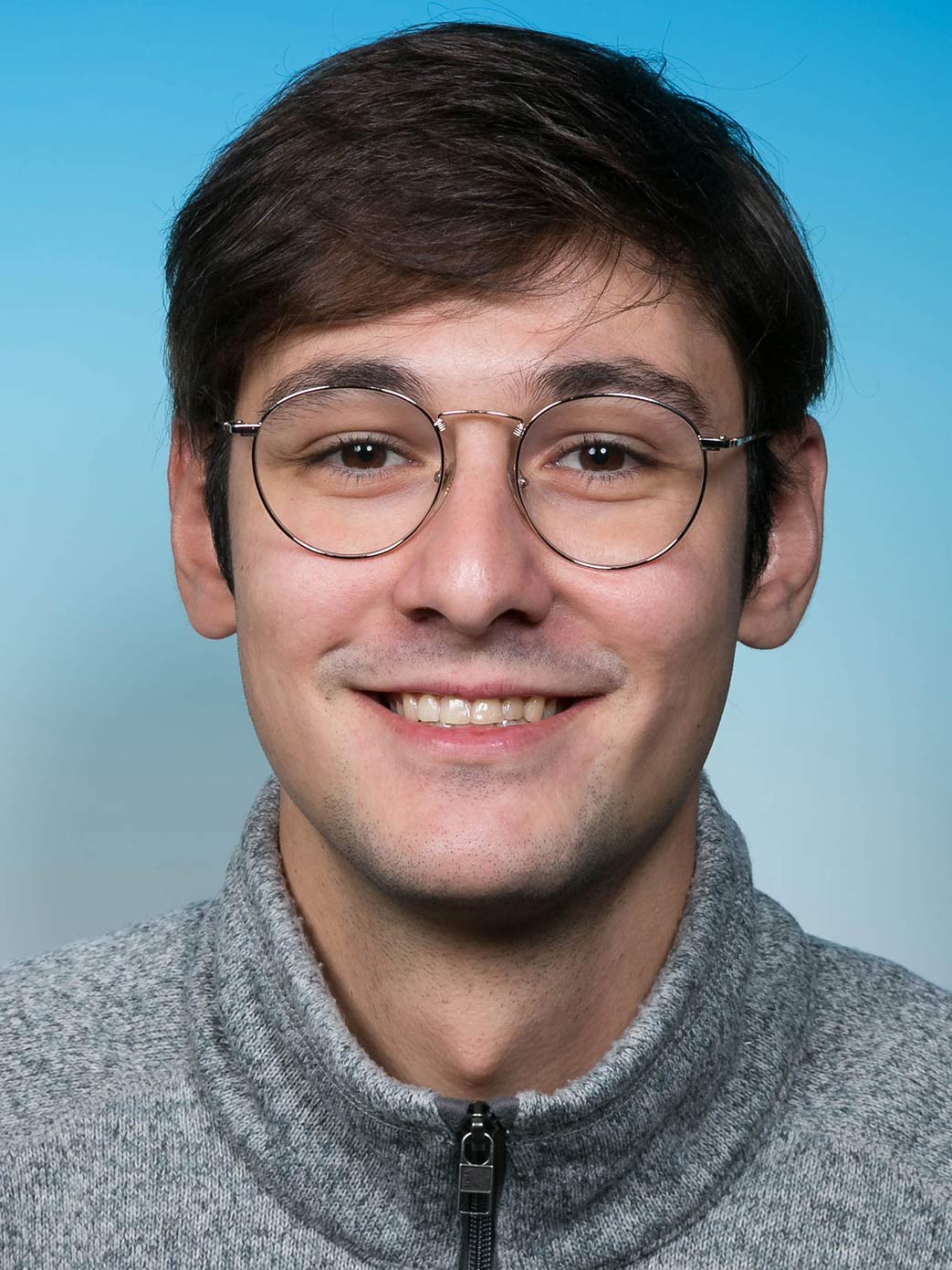
- Details
Welcome Tommaso! He completed his Bachelor and Master studies at the University of Padova and carried out his Master thesis in the group of Markus Hennrich (Stockholm University). Specifically, he was involved in the realization of a single ion addressing system. In Innsbruck, he will be working on building up a new high-fidelity quantum processor.

- Details
Welcome Robert! He completed his Bachelor and Master studies at Heidelberg University in the field of neutral Ultracold Gases. His Master thesis focused on the implementation of a optical dipole trap for lithium to create a ultracold lithium-cesium mixture. Now in Innsbruck he is joining the AQTION team.
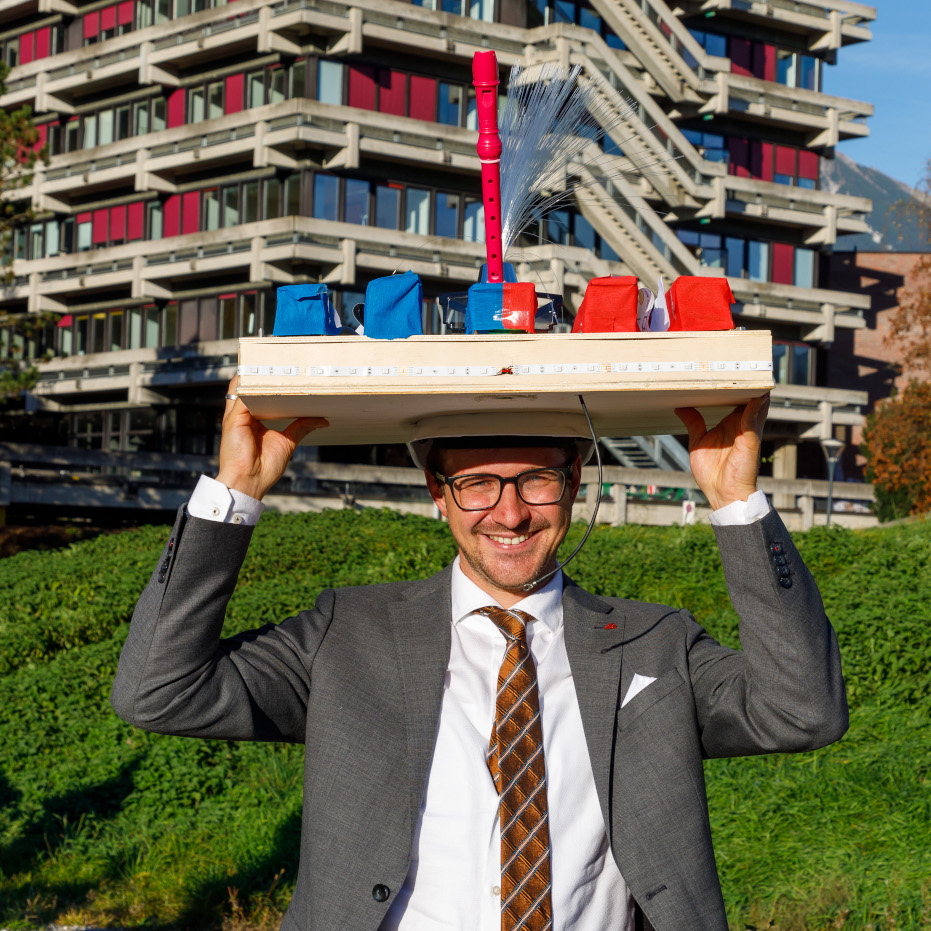
- Details
Congratulations, Martin!
Thesis Title: A photonic quantum interface between trapped ions and the telecom C-Band
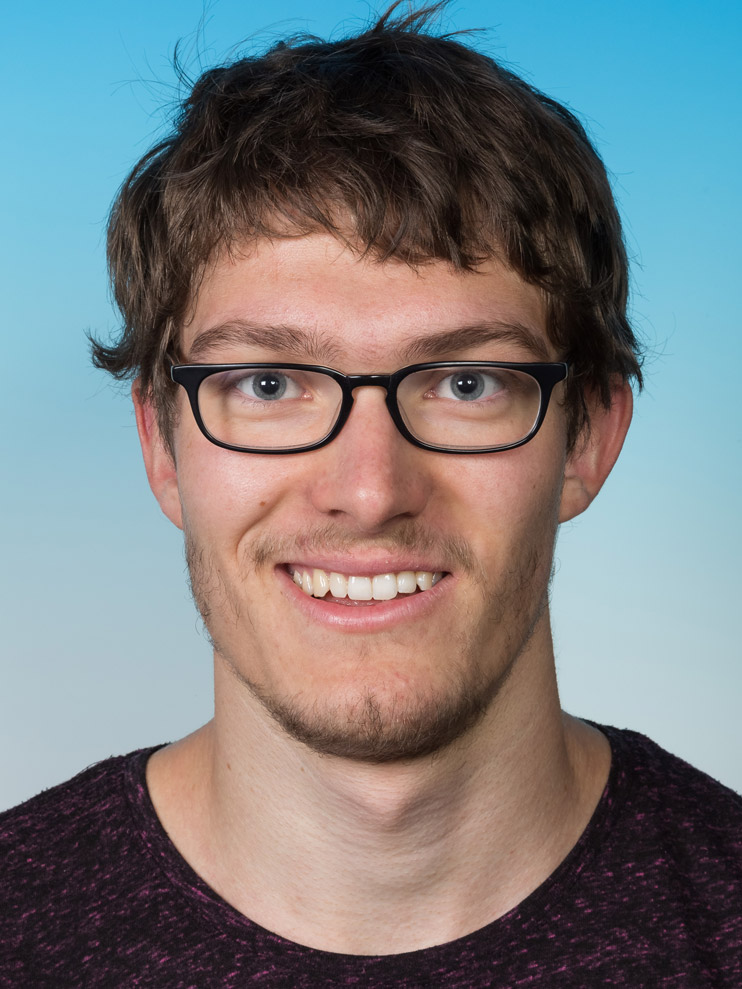
- Details
Welcome Johannes! He is joining us for his master's project. He will work with the Phinet team on integrating a microwave source into the setup for driving qubit rotations.
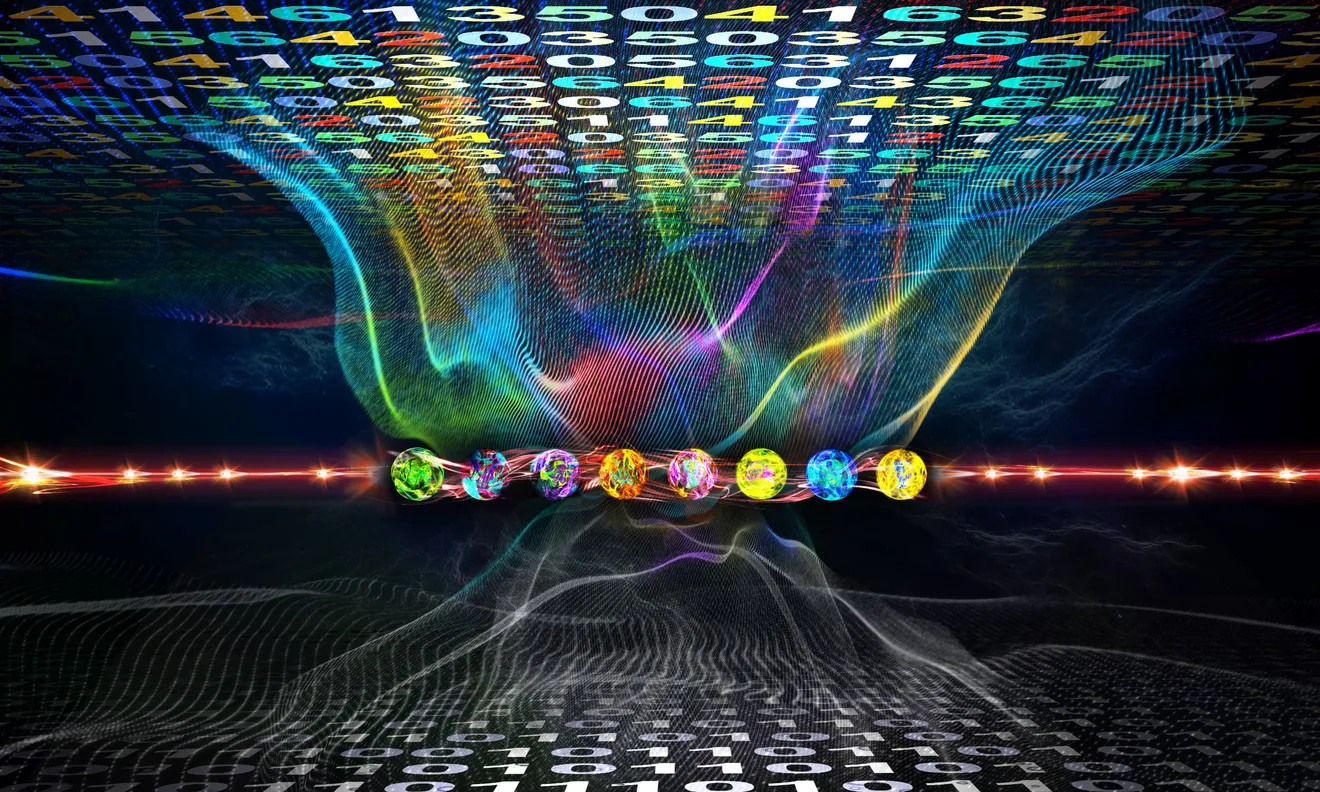
- Details
For decades computers have been synonymous with binary information – zeros and ones. Now a team at the University of Innsbruck, Austria, realized a quantum computer that breaks out of this paradigm and unlocks additional computational resources, hidden in almost all of today’s quantum devices.
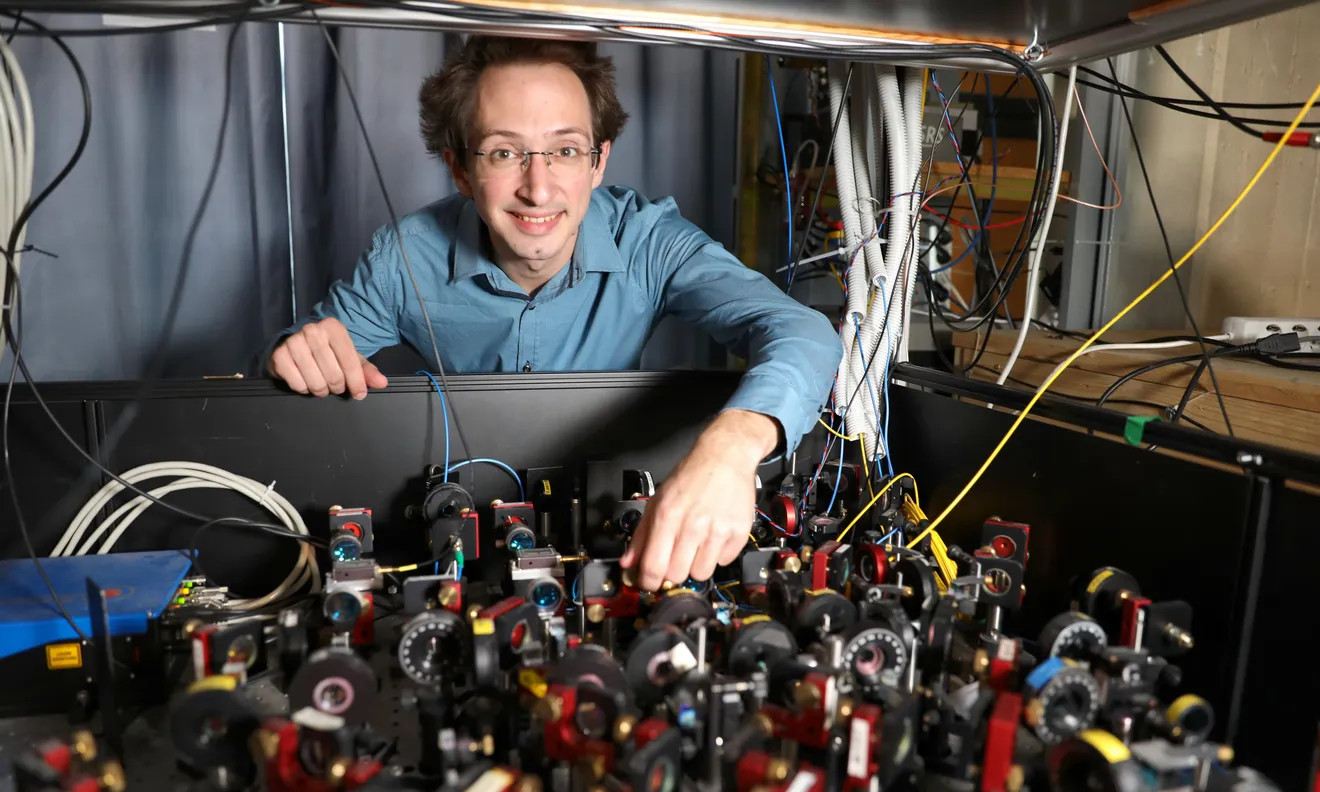
- Details
Austrian Quantum physicist Martin Ringbauer has been awarded a Starting Grant by the European Research Council (ERC) for his experimental research on new approaches for quantum information processing. The grant, endowed with around 1.5 million euros, is the highest award for successful young scientists in Europe.
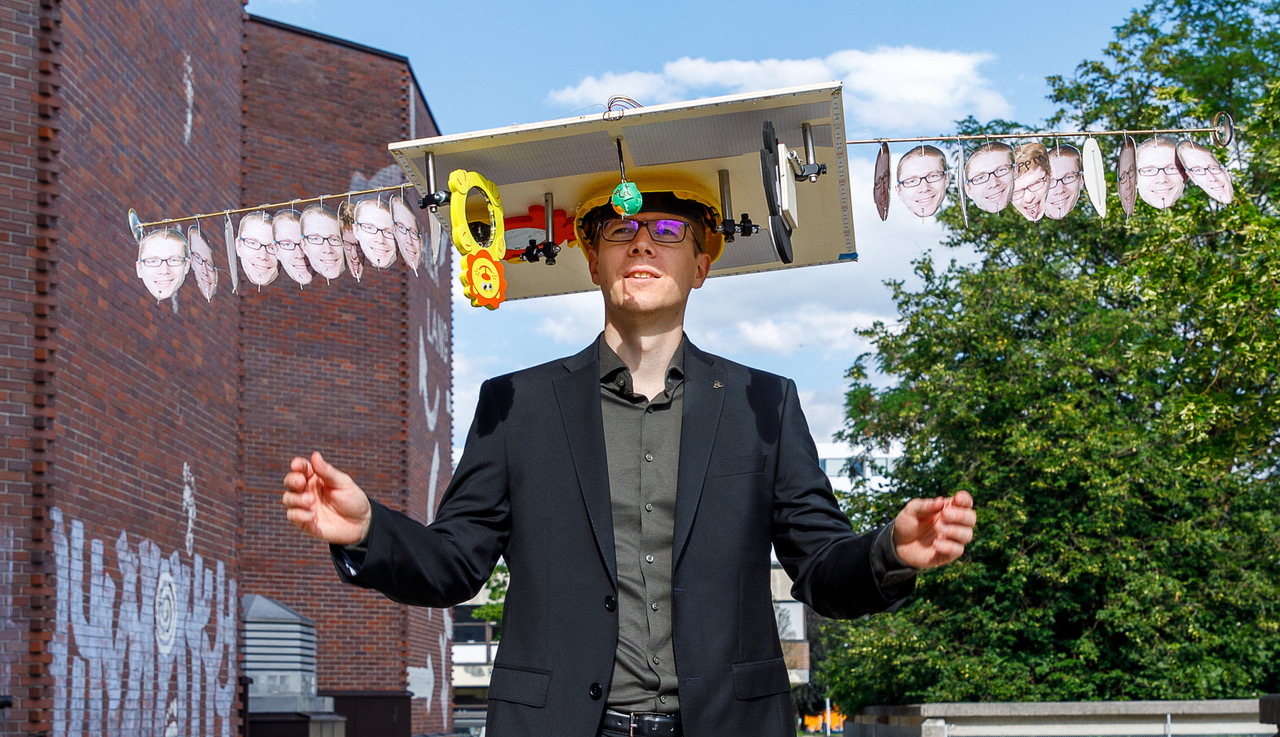
- Details
Congratulations, Josef!
Thesis Title: interface between trapped-ion qubits and travelling photons with close-
to-optimal efficiency
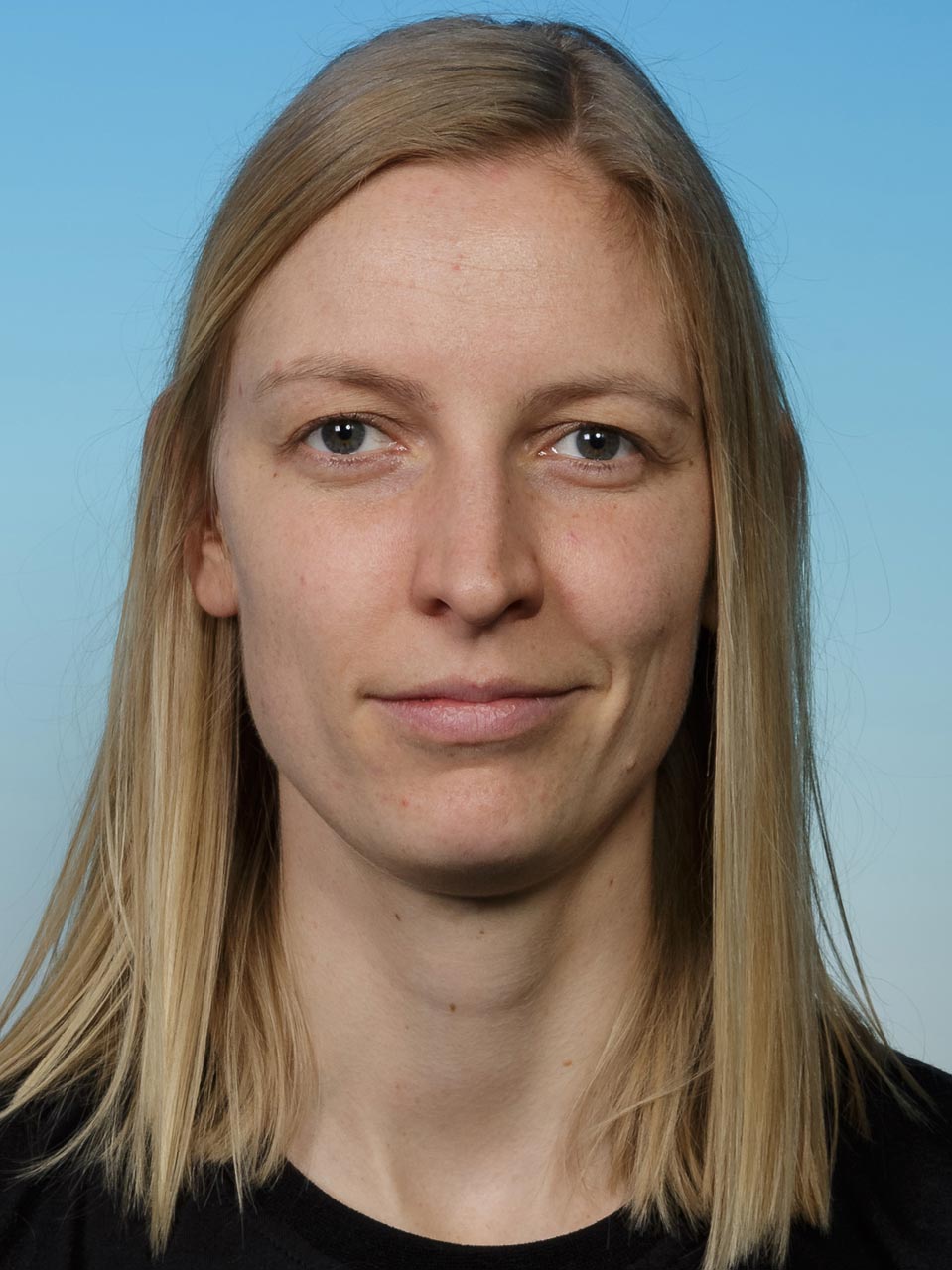
- Details
Congratulations, Verena!
Thesis Titled: Ein robuster, kompakter Ionenfallen-Quantencomputer
